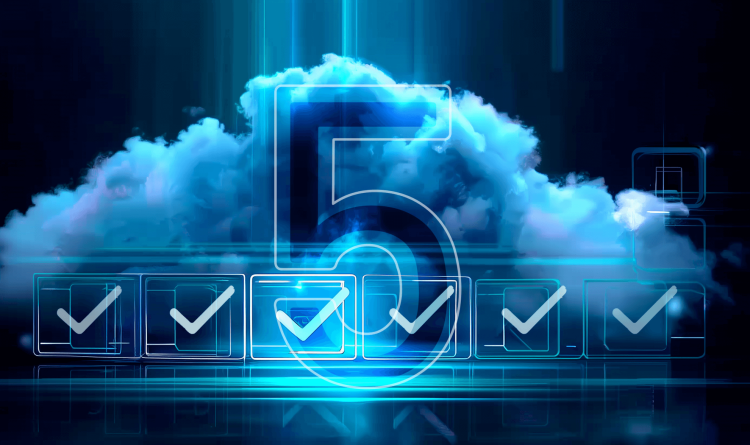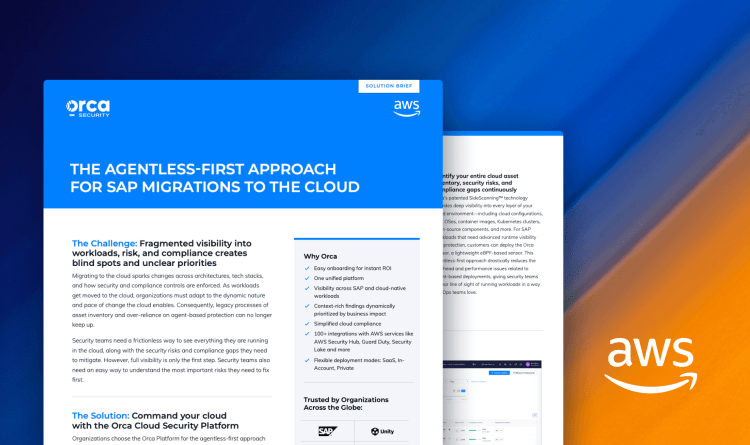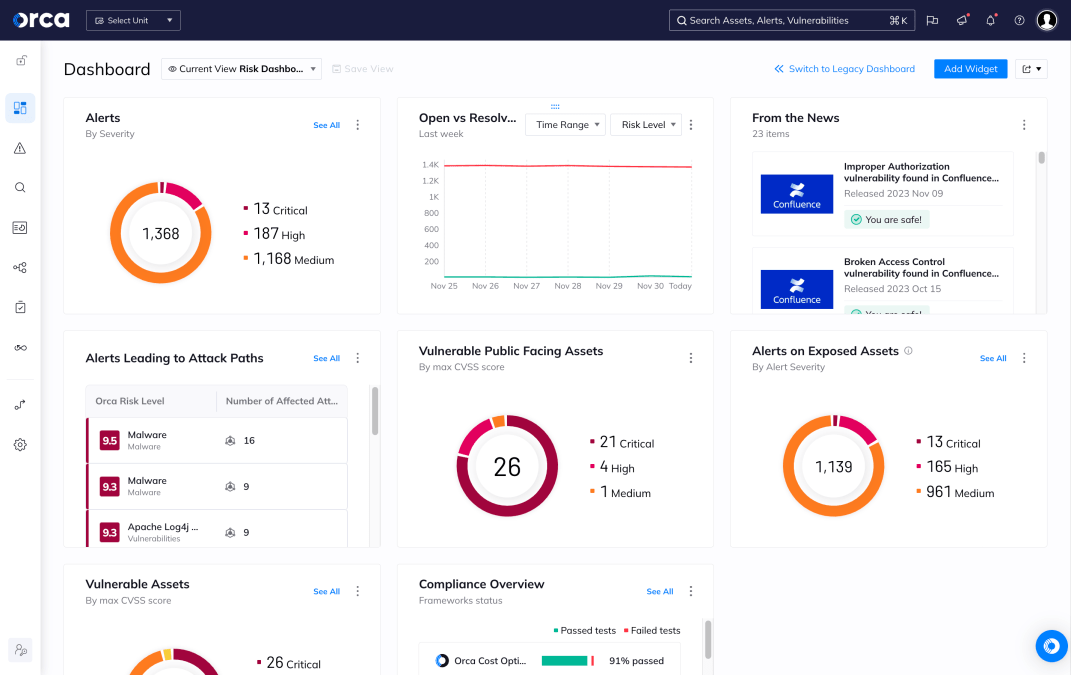Audit logs are chronological records of system activity that provide visibility into user actions, system events, and configuration changes across digital environments. In cloud security, audit logs play a crucial role in tracking access to cloud resources, identifying anomalous activity, and supporting compliance and forensic investigations.
What are audit logs?
Audit logs (or audit trails) are structured records that capture information about who did what, when, where, and to what resource within a computing environment. Each log entry typically includes metadata such as:
- Timestamp of the event
- User or service account that initiated the action
- Type of action performed (e.g., login, data access, configuration change)
- Resource affected (e.g., storage bucket, virtual machine, API call)
- Source IP address or location
These logs are generated by systems, applications, and cloud platforms to ensure traceability and accountability for all critical operations.
Why audit logs matter
Audit logs provide foundational visibility for:
- Security monitoring: Detect unauthorized access, privilege misuse, or configuration drift.
- Compliance auditing: Demonstrate adherence to frameworks like SOC 2, HIPAA, PCI DSS, and GDPR.
- Incident response: Investigate breaches or anomalies with accurate historical data.
- Forensics and legal evidence: Preserve reliable records for investigations or litigation.
In cloud environments, audit logs are essential because:
- Infrastructure is dynamic and distributed across regions and services.
- Misconfigurations, privilege escalation, or unauthorized access can occur rapidly.
- Native logging tools (like AWS CloudTrail or Azure Activity Log) serve as the primary source of truth for cloud events.
Without robust audit logging, organizations face increased exposure to undetected threats, regulatory violations, and operational blind spots.
How audit logs work
Audit logs are generated by event sources such as:
- Cloud service providers (e.g., AWS, Azure, Google Cloud)
- Operating systems and identity providers
- Applications and APIs
- Network and security tools
Logs are collected and centralized in logging platforms or SIEM systems for normalization, analysis, and alerting. A typical workflow includes:
- Event generation: Systems record relevant actions based on predefined rules.
- Collection and aggregation: Events are forwarded to centralized storage or log pipelines.
- Normalization: Logs are parsed into a common schema for analysis.
- Analysis and detection: Threat detection rules, anomaly detection, or correlation engines analyze events.
- Retention and access: Logs are stored securely for a defined retention period and protected from tampering.
Security risks and challenges
While audit logs are a powerful tool, there are risks and pitfalls:
- Incomplete logging: Gaps in log coverage create blind spots in the attack surface.
- Tampering or deletion: Attackers may attempt to alter or erase logs to hide their tracks.
- Storage overhead: Logging everything generates massive data volumes, increasing storage and performance costs.
- Privacy concerns: Logs may inadvertently capture sensitive information (e.g., passwords, personal data).
- Alert fatigue: Without prioritization, logs may overwhelm analysts with irrelevant data.
To mitigate these challenges, organizations should:
- Define clear log policies and retention schedules.
- Enable immutability and secure access controls.
- Prioritize high-value events over excessive logging.
- Sanitize sensitive data and apply redaction where needed.
Best practices for audit log management
Effective audit logging requires a strategic approach:
- Centralize log collection across cloud accounts and providers.
- Implement integrity protections (e.g., write-once storage, cryptographic signing).
- Review and tune logging policies regularly.
- Integrate with SIEM and detection platforms for real-time analysis.
- Conduct regular log reviews to detect anomalies or verify controls.
- Ensure compliance alignment with standards like NIST SP 800-92 and CIS Controls.
Red teaming, tabletop exercises, and incident simulations can validate the usefulness and completeness of logging strategies.
How Orca Security helps
The Orca Cloud Security Platform enhances audit log visibility and analysis across multi-cloud environments. Orca automatically ingests and correlates audit logs from cloud-native sources such as AWS CloudTrail, Azure Activity Log, and Google Cloud Audit Logs.
By enriching log data with contextual insights about cloud assets, risks, and other insights, Orca enables:
- Advanced and continuous Cloud Detection and Response (CDR) that combines real-time and agentless analysis
- Detection, prioritization, and remediation of critical attack paths
- Faster remediation, investigation, and incident response
Orca’s unified platform combines audit data with full coverage and comprehensive risk detection to ensure teams can prevent, detect, prioritize, and remediate risks and threats at every phase of the application lifecycle.



